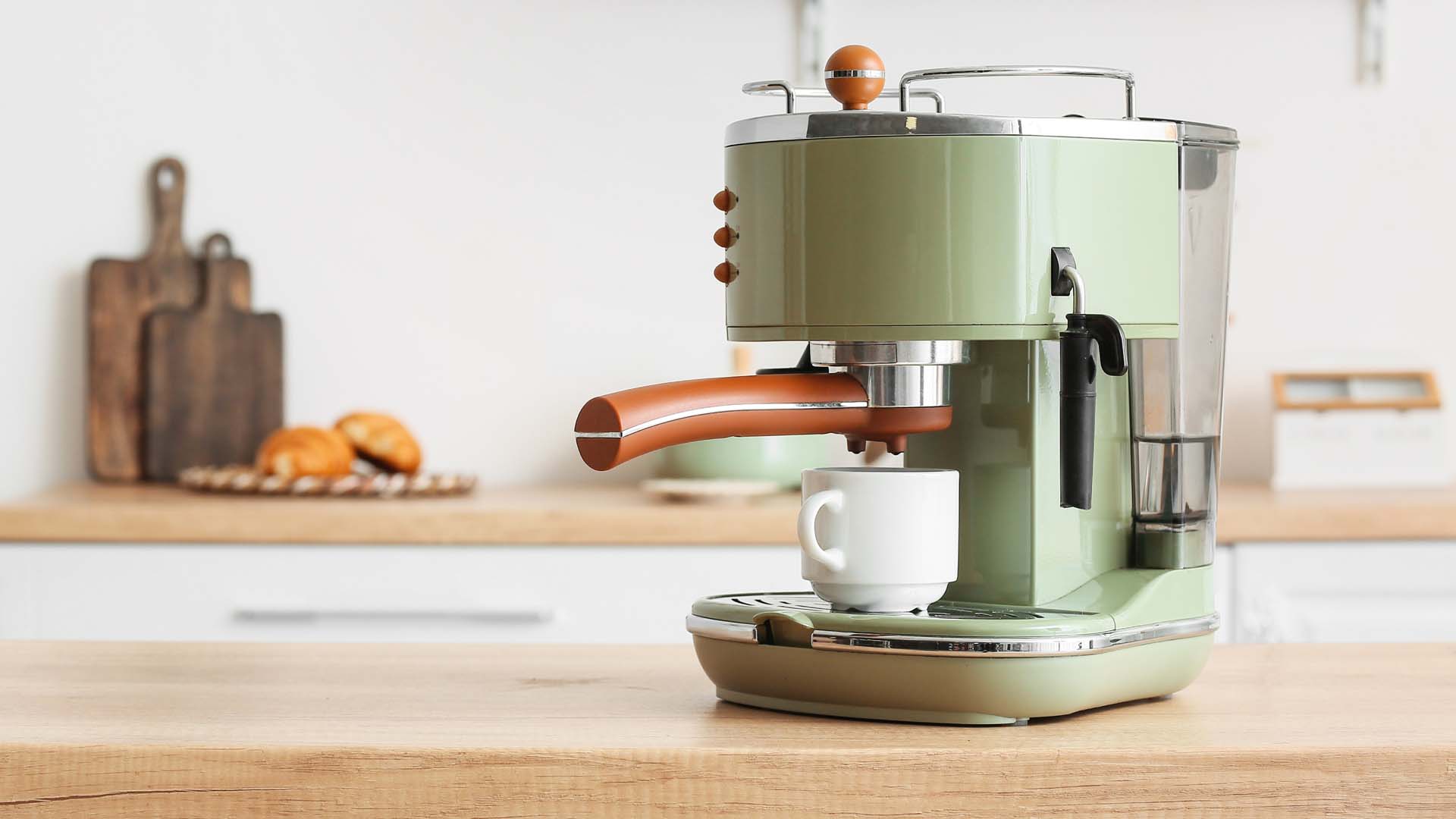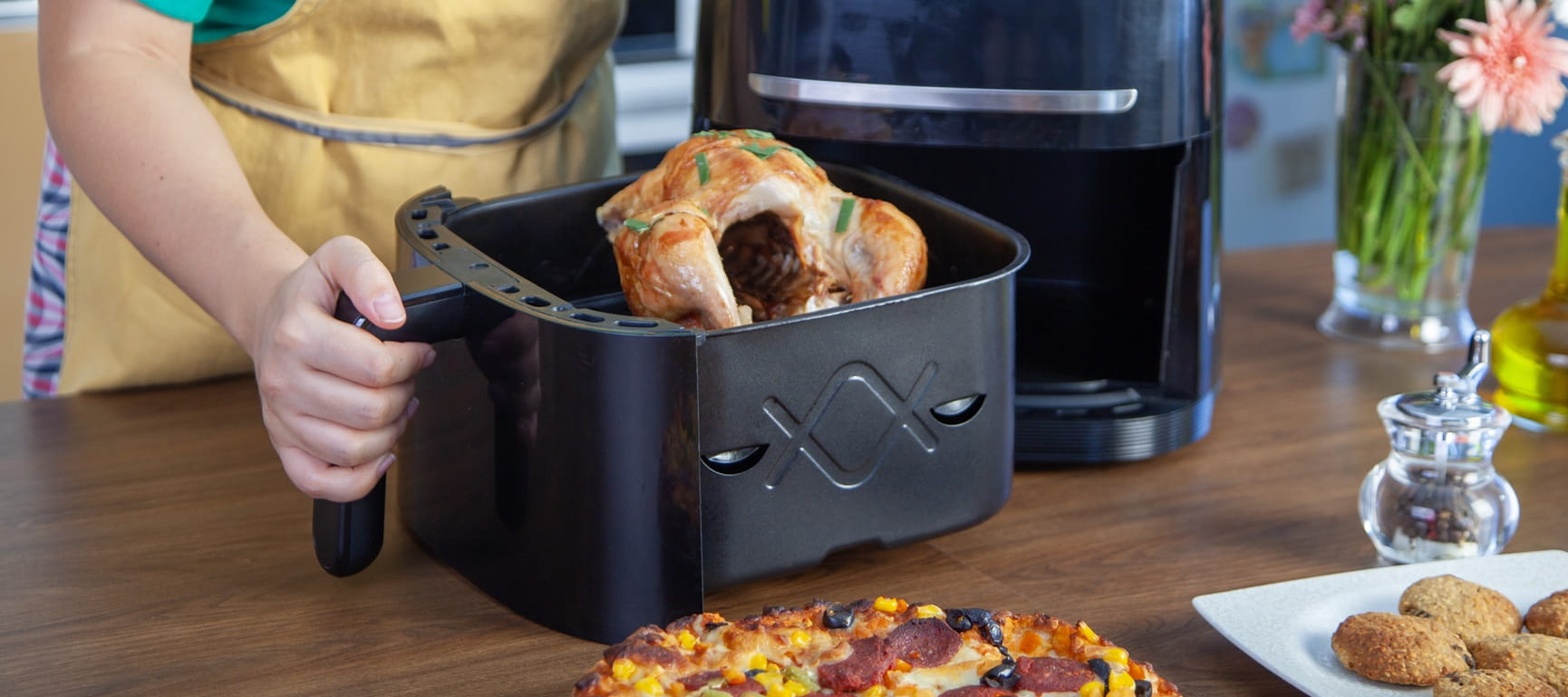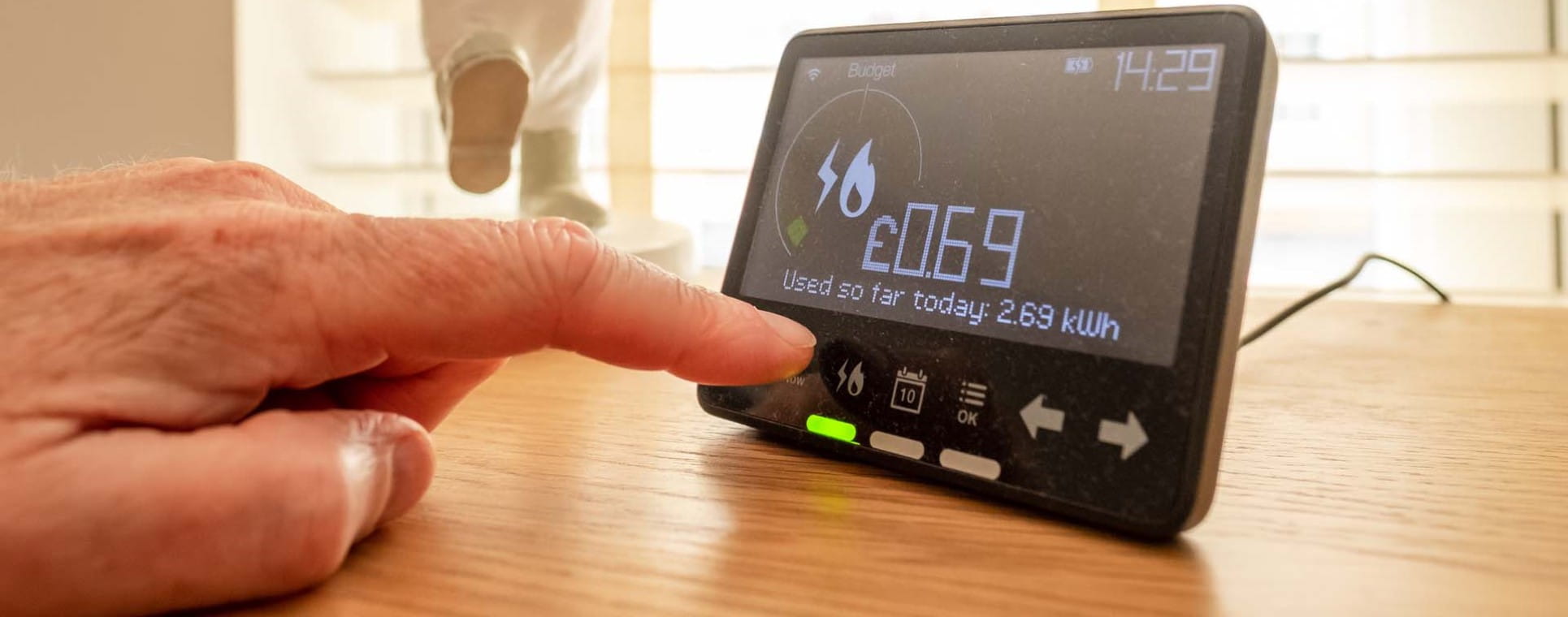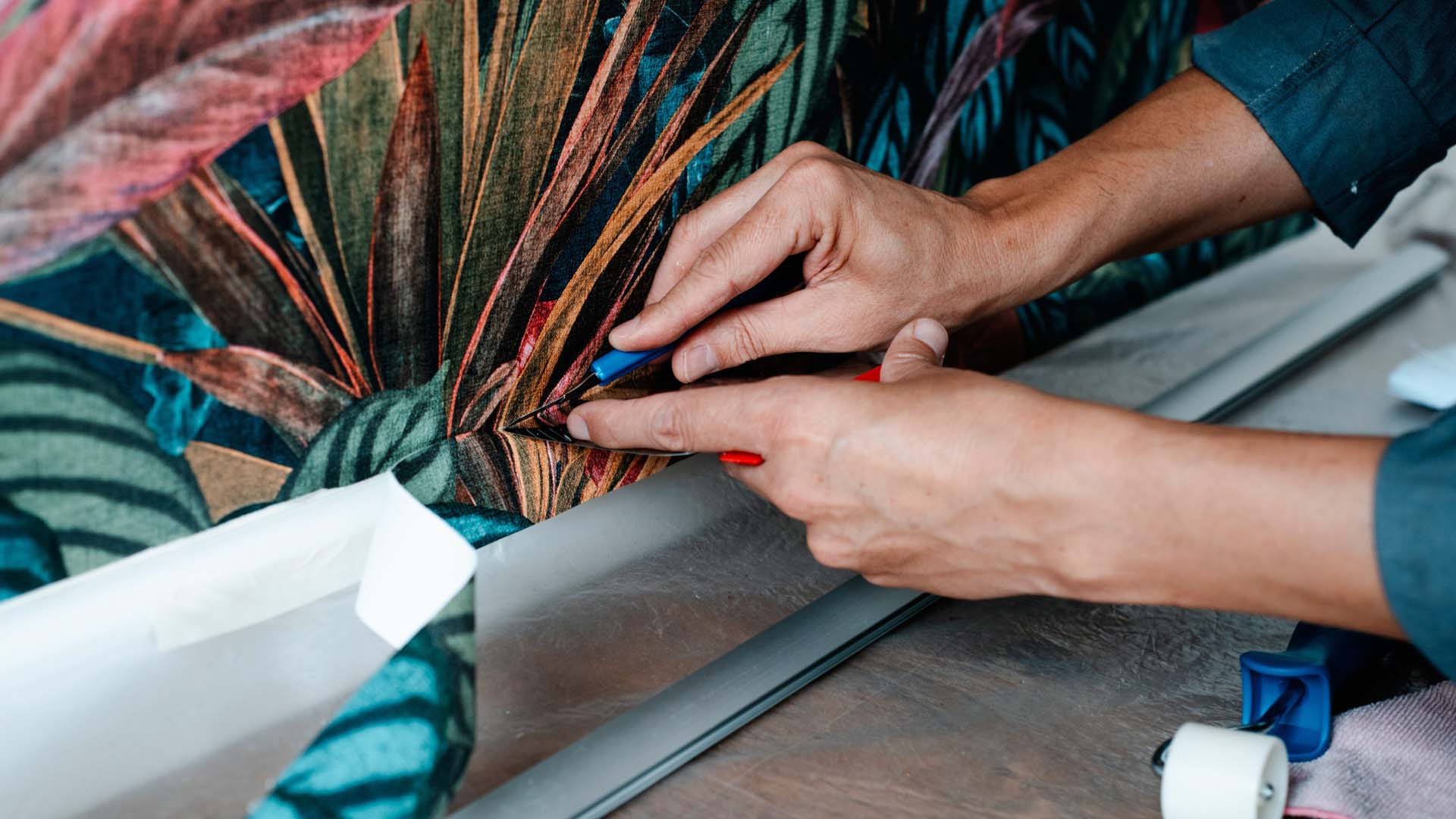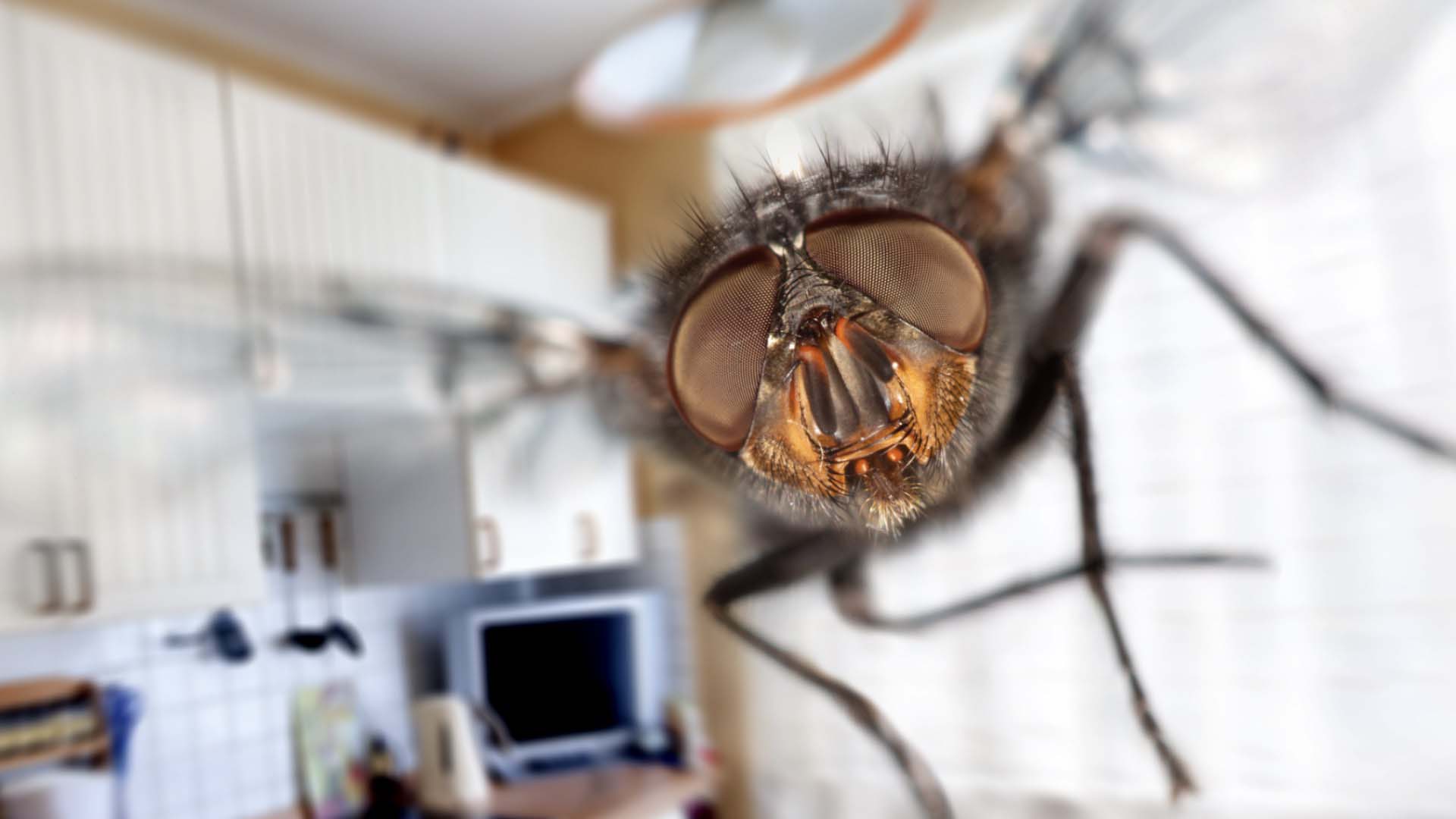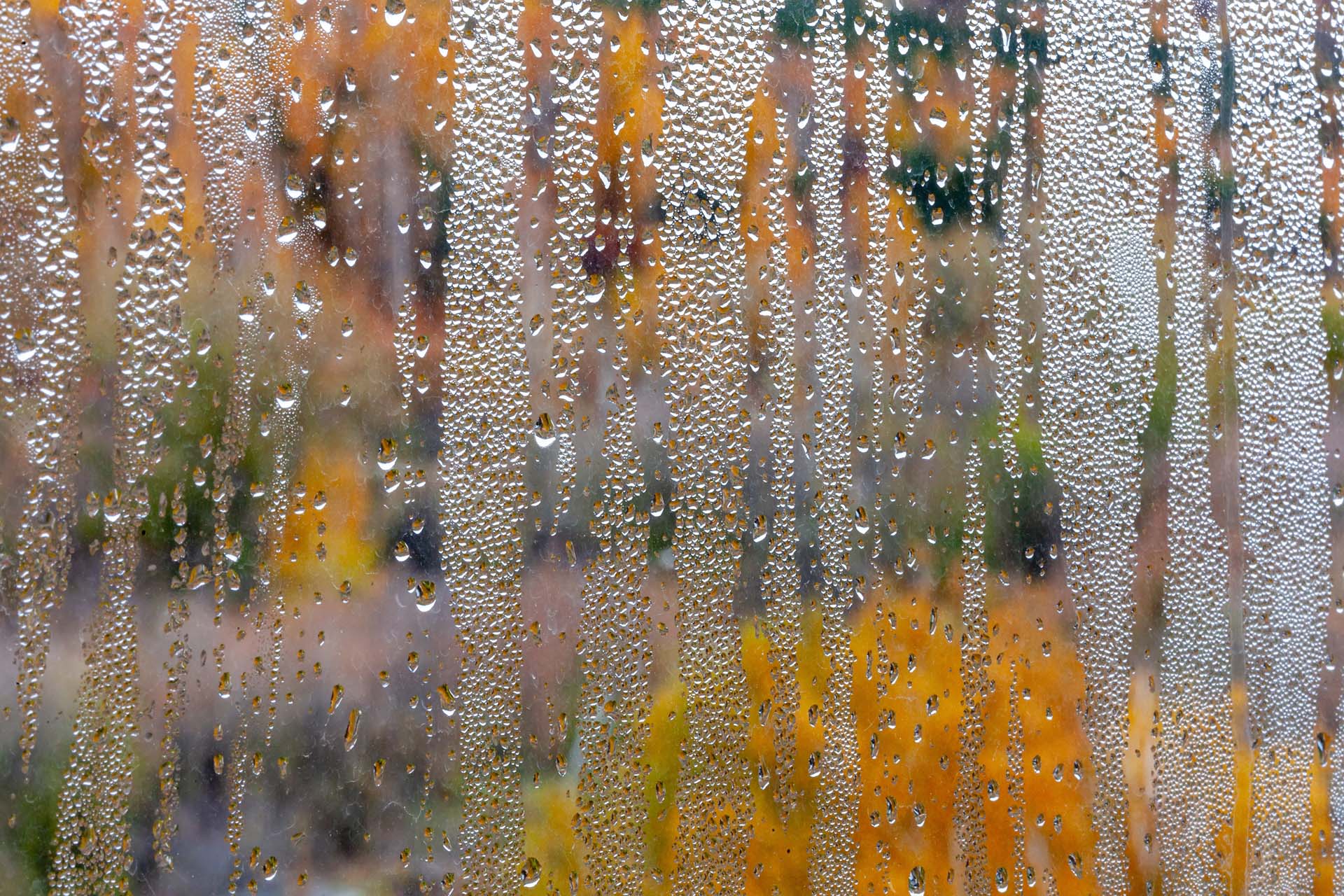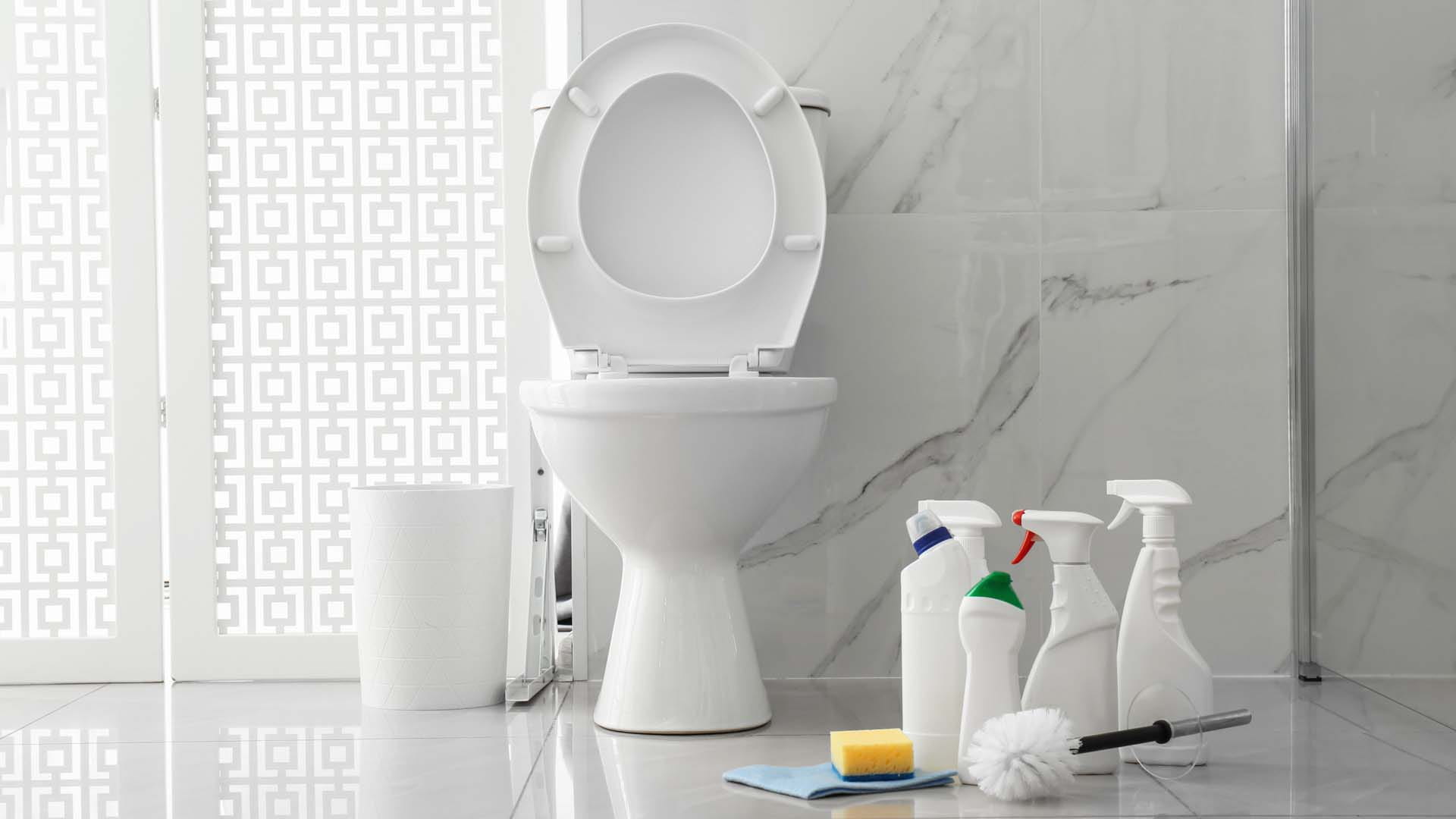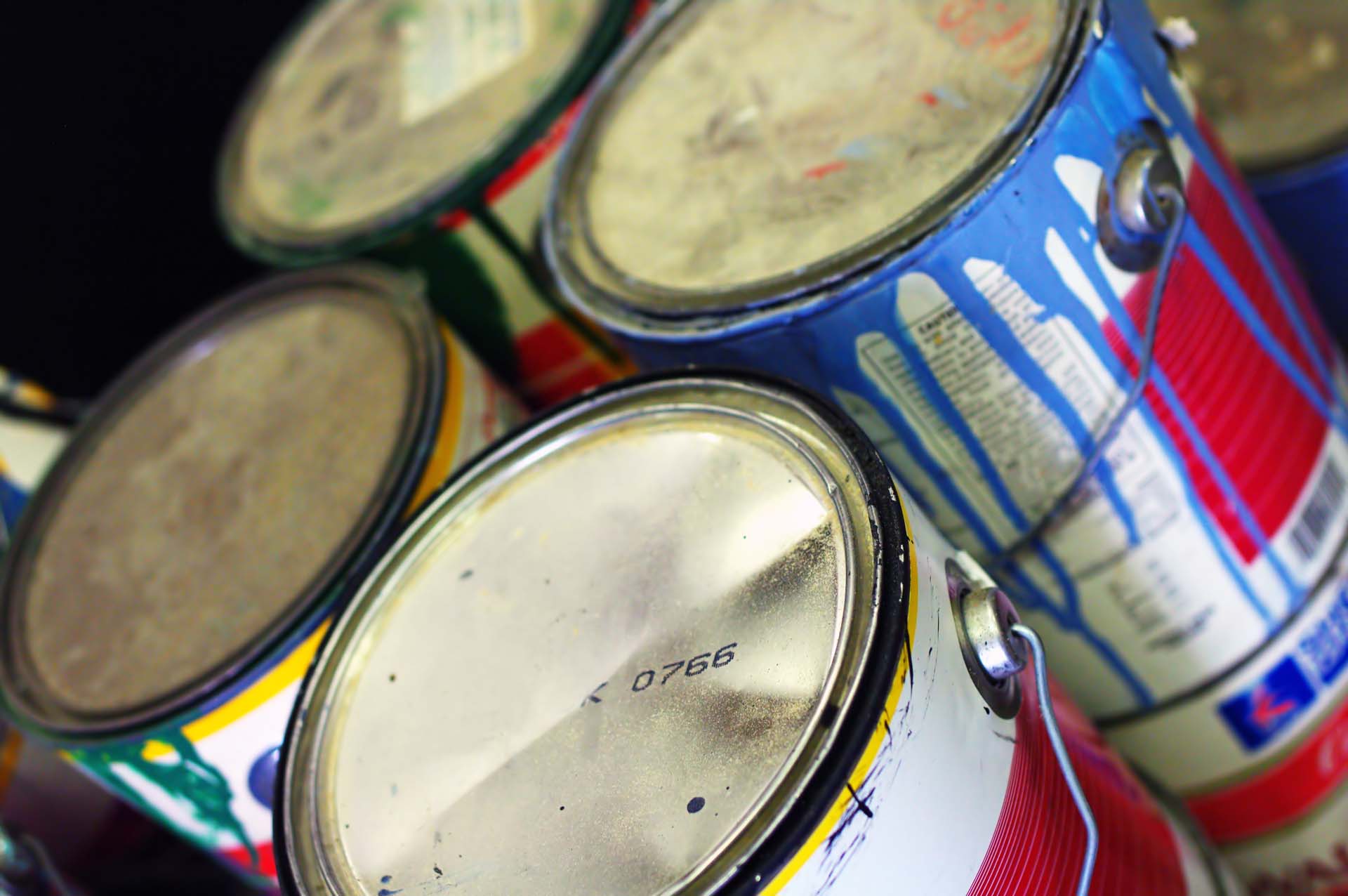7 things you should never put in your microwave - and the damage they can cause
Before you hit start, here’s what to avoid if you want to keep your microwave (and your dinner) intact.
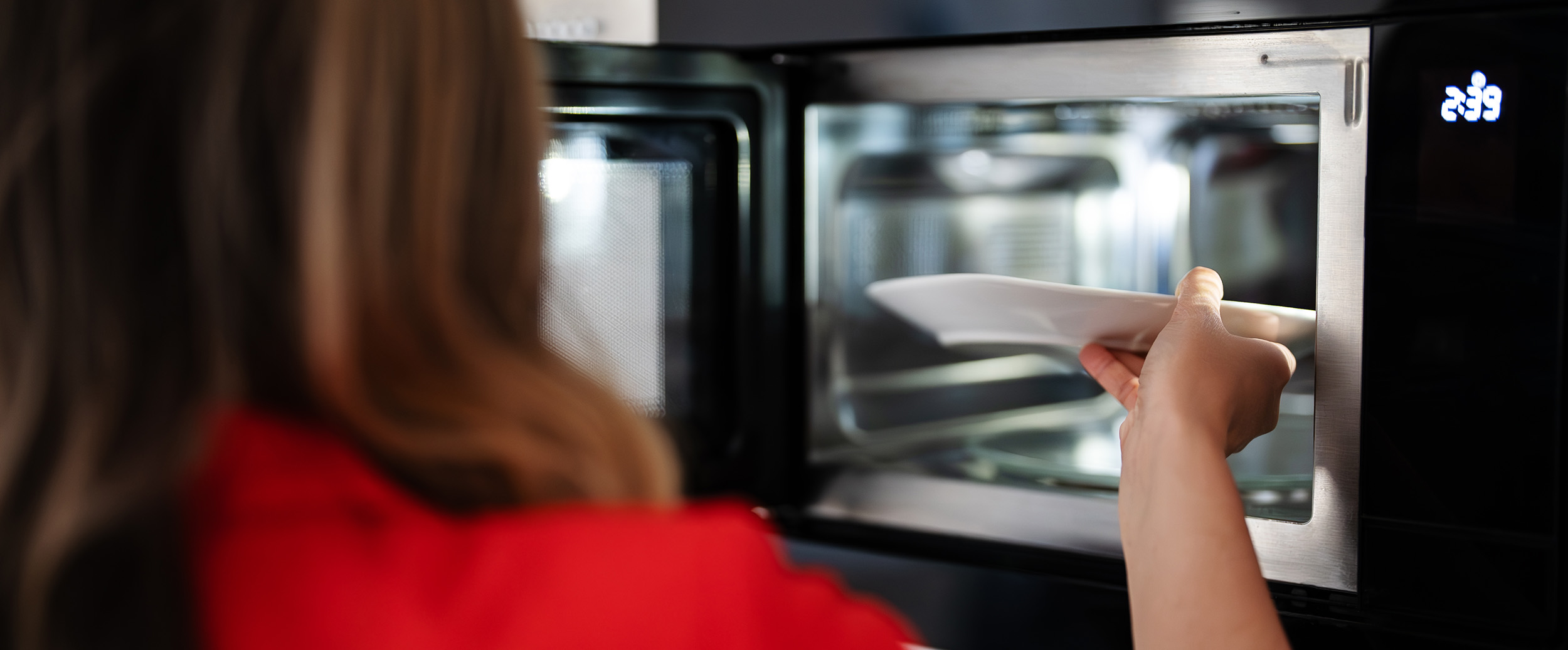
Before you hit start, here’s what to avoid if you want to keep your microwave (and your dinner) intact.

We’ve all done it, thrown last night’s leftovers into the microwave or heated up a bowl of soup without thinking twice, in fact there are many surprising things you can cook in a microwave.
But while the microwave might seem like the no-fuss workhorse of the kitchen, it can be surprisingly picky about what it likes.
From sneaky sparks to exploding eggs, some everyday foods can cause chaos behind that innocent little door.
So, before you heat up your next meal, here’s what to keep out of your microwave and why your appliance will thank you for it.
“It’s a common mistake, but putting tin foil in the microwave is extremely dangerous,” says AO’s small appliance expert Isabella Forgione. “When heated, foil acts as a conductor, building up heat rapidly. This can create sparks and even start a fire.”
It’s not only tin foil you need to be wary of. Make sure you don’t put any plates or bowls into the microwave that have a metallic design, such as gold or silver edging on the rim of a plate.
The metal can reflect microwave radiation, causing electrical arcing that may damage the oven’s interior or ignite a fire.
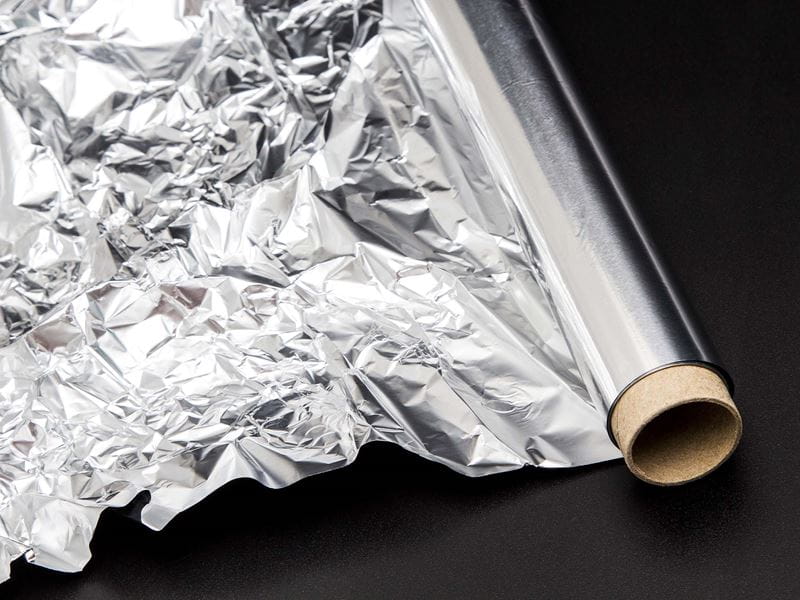
Yes, microwave popcorn comes in paper bag, but that doesn’t mean all paper products are safe to zap.
“Cardboard and paper bags aren't designed to handle high microwave temperatures,” says Forgione. “They can easily catch fire – even faster than tin foil – and may contain glues, waxes or dyes that release harmful fumes.”
The same goes for waxed paper. While it’s often considered microwave-safe, it’s not foolproof. The wax can melt or smoke, while some studies suggest it could leach chemicals into your food. If you are using it, keep the heat low and the cooking time short.
While some plastic containers are microwave-safe, Forgione advises avoiding using single-use plastics like Styrofoam, cling film or takeout containers.
“These can melt, release chemicals into your food, or warp out of shape. It’s always safer to transfer food onto a microwave-safe plate,” she says.
Before microwaving any plastic, check for a microwave-safe label – usually found on the bottom of the container. If it’s not clearly marked, don’t risk it.
Microwaving food in plastic containers that aren’t microwave-safe can cause chemicals like BPA and phthalates to leach into your meal. These substances are known as endocrine disruptors, which means they can interfere with hormones, and have been linked to issues like reproductive problems, metabolic disorders and inflammation.
The risk goes beyond just chemicals – heating can also release micro- and nanoplastics, especially from older, worn plastics.
The safer choice? Use microwave-safe glass, ceramic, or stainless steel. These don’t leach, are better for the environment and give you peace of mind when reheating.
Microwaves are great for making scrambled – and even poached – eggs, but trying to cook a whole egg in its shell is one to definitely avoid, in fact, Forgione says it’s more dangerous than it looks.
“As the egg heats, pressure builds inside until it explodes, which can cause injury and leave a big mess,” she says. “Scrambled eggs are a much safer option!”
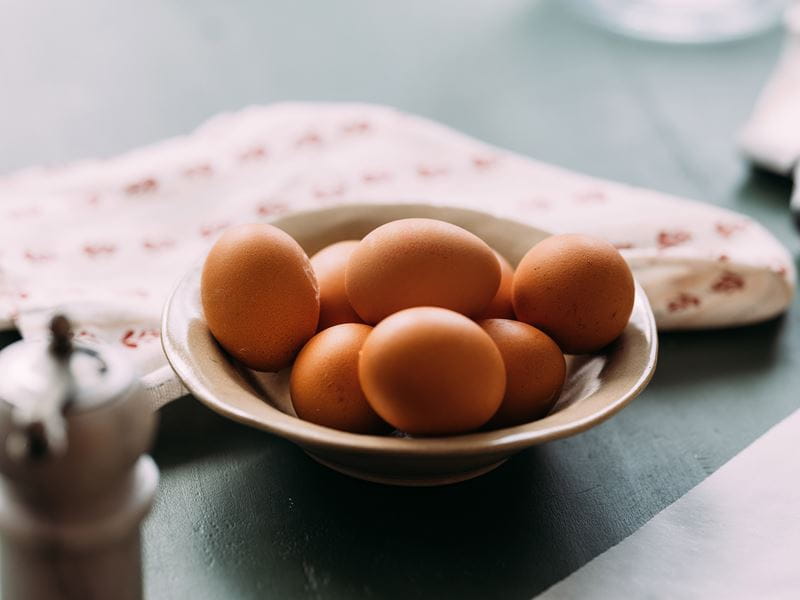
While we’re not sure hot grapes are much of a thing, it’s definitely not a good idea in the microwave. Forgione says: “Microwaving grapes can cause them to spark due to the way the fruit reacts to microwave energy.”
This sparking isn’t just dramatic – it can damage the microwave’s interior or even start a fire.
Grapes in particular can create tiny plasma bursts (yes, really), thanks to their size and skin conductivity. So, if hot grapes are your thing, it’s best to warm them gently on the hob – or maybe just don’t.
It’s not just grapes that can cause microwave mayhem. Whole apples and pears may explode, while stone fruits can build up steam behind their pits. Even heating bananas in their skins can end in a rubbery mess.
If in doubt, slice it first, and skip the microwave altogether for anything with a strong smell or a tight skin.
Microwaves are great for heating up soups and sauces in minutes, but always do it with a lid (or at least a cover).
“Regularly microwaving liquids without cleaning up afterwards can affect your microwave’s performance over time,” says Forgione.
Splashes and splatters don’t just make a mess, they can actually absorb microwave energy, leading to uneven heating. Worse, if they block vents or filters, it can disrupt airflow and cause the appliance to overheat. Lingering smells are another issue – no one wants last night’s curry clinging to their porridge.
The fix is simple: “Greasy residue or food debris can damage internal components,” says Forgione. “So, give the interior a quick wipe after each use – it keeps your microwave working better for longer.”

Microwaving chillies (especially whole ones) can release capsaicin – the compound that makes them hot – into the air.
When heated, this becomes an irritant gas, which can sting your eyes, throat and nose.
Essentially, it’s like creating pepper spray in your kitchen, so it’s best to keep chillies for the frying pan, where their heat stays in the food, not the air.
Forgione says if you experience any of the following, it’s a sign that your microwave is damaged, worn out, or potentially unsafe to use:
Jayne cut her online journalism teeth 24 years ago in an era when a dialling tone and slow page load were standard. During this time, she’s written about a variety of subjects and is just at home road-testing TVs as she is interviewing TV stars.
A diverse career has seen Jayne launch websites for popular magazines, collaborate with top brands, write regularly for major publications including Woman&Home, Yahoo! and The Daily Telegraph, create a podcast, and also write a tech column for Women’s Own.
